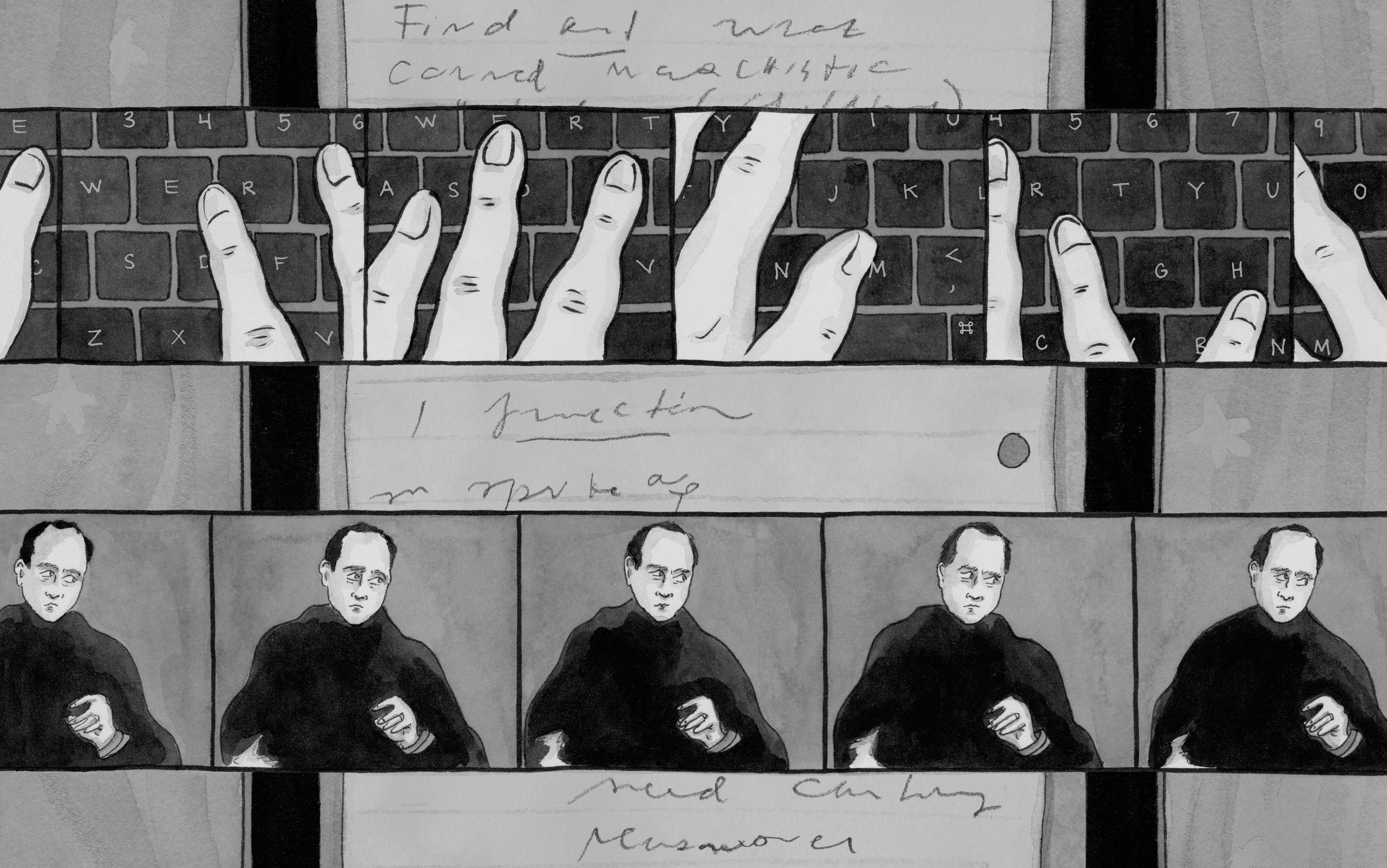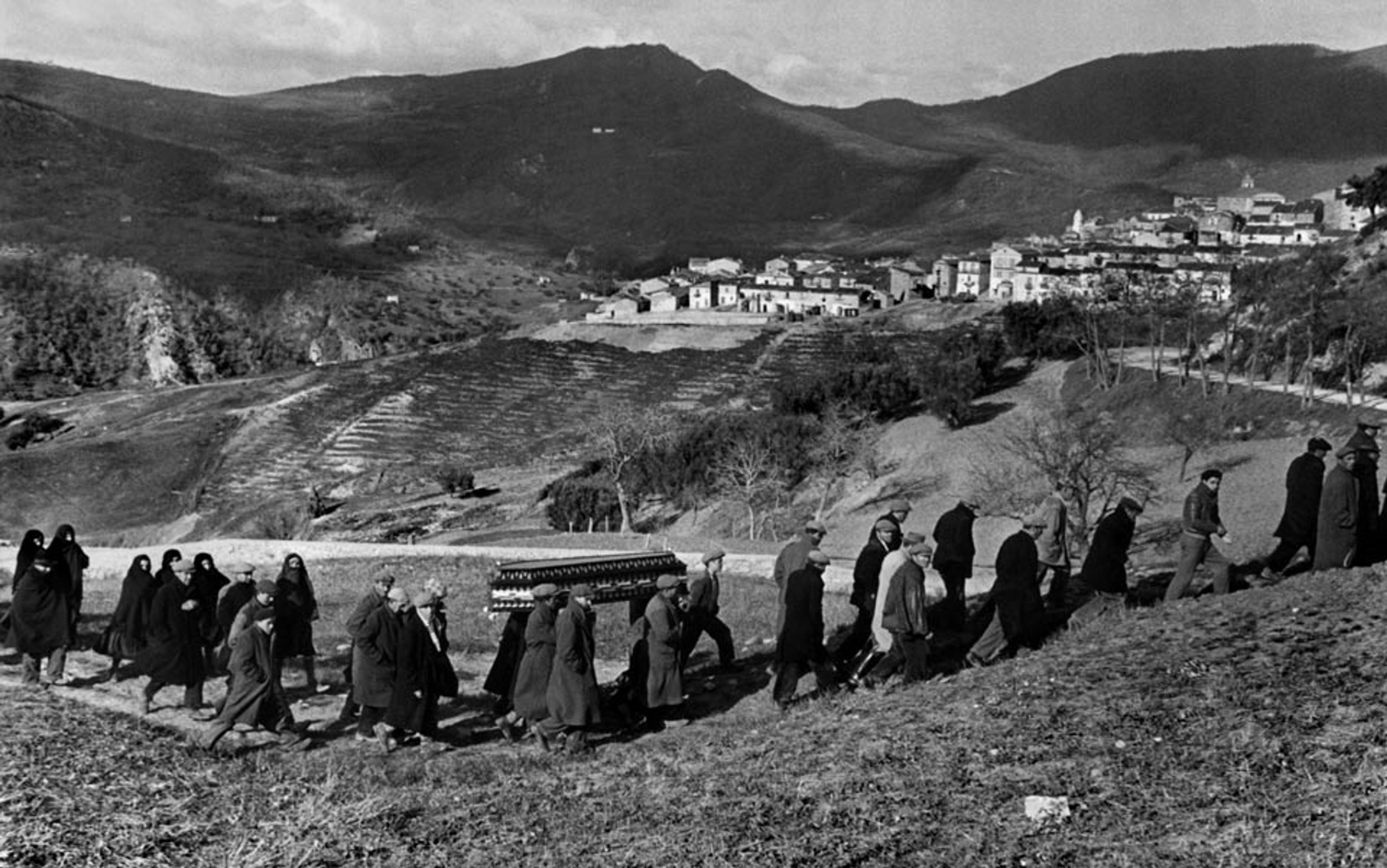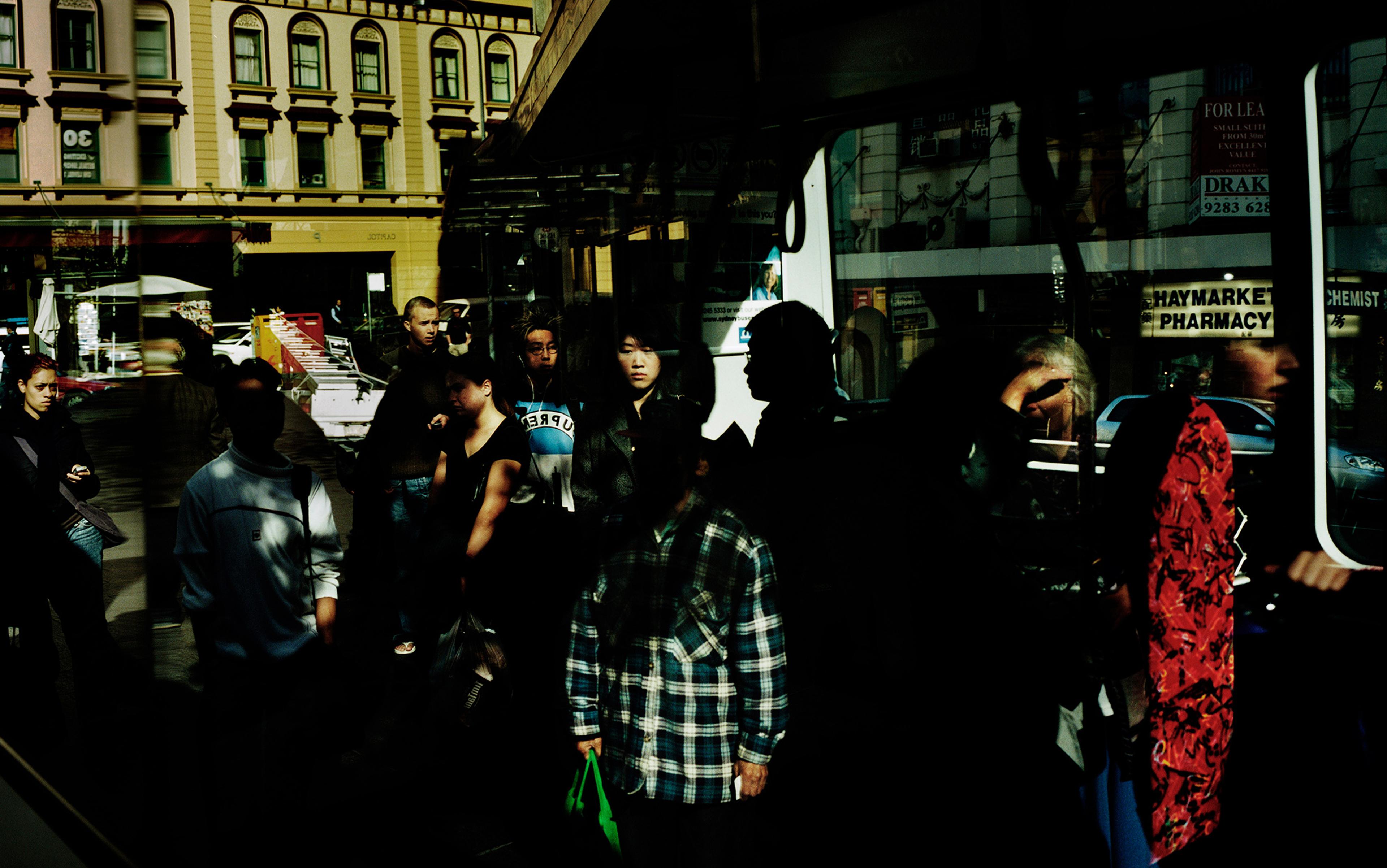In the dying years of the 1600s, the English philosopher John Locke did something remarkable: in just a few short pages, he took away our souls. For centuries, the idea of the soul had provided an elegant solution to a pressing problem: how could humans, with their fragile, compostable bodies, survive death? The early Church Fathers had wrestled with how to square the bodily resurrection promised by their faith, and the inevitable decay of corpses. God was powerful, sure, but how could he reassemble scattered dust into a human being? What about bodies eaten by predators, or cannibals? The second-century Greek theologian Athenagoras ‘solved’ the latter problem by claiming that human flesh is indigestible. Grappling with the same questions of resurrection and identity, Jewish writers claimed that our spines contain an indestructible bone — the luz — that preserves bodily identity between life, death, and resurrection.
But the Greek idea of the immaterial soul made all this speculative biology needless. At essence, each of us is a soul, the theory went, an immaterial substance that animates the body and survives its death, moving on to a new life without loss of identity.
Until Locke came along, that is. No, said Locke, you’re not a soul (even if you have one), nor a body, but a consciousness. You could swap souls with someone else and still be you, because what you are is not a soul. But if you swapped minds with someone else, your identity would transfer to their body and vice versa. And with that, the modern pluralistic conception of personal identity was born. Instead of a single self, we now have several — the physical self, the psychological self, the animal self, the embodied self, the narrative self, and dozens more besides — each with its own theory and its own partisans. As Peter Goldie noted in The Mess Inside (2012), questions about personal identity ‘are as intractable and contested as anywhere in philosophy’. That’s really saying something.
For a long time, the conflict was between neo-Lockeans, for whom identity is a question of consciousness, and those who argued that our personal identity is located in the physical body. More recently, some philosophers have come to accept that personal identity is not about the identity of one thing at all: ‘you’ can refer to several different things, with different boundaries and locations. Once again, Locke had already started the ball rolling, by distinguishing between your identity as a physical collection of particles, as a human animal, and a different conception of identity as a person or self. What’s happened in recent years is that writers have come to see that Locke should have gone further, and differentiated person and self more sharply than he did.
As a human animal, your location and physical boundaries are easy enough to pin down, and it’s fairly clear where you begin in time (at birth, or shortly before) and where you end (in death). As a self, a subject or centre of consciousness, your location and extension is much harder to specify, unless we reduce consciousness to processes within your brain, at which point it seems we’re no longer talking about consciousness at all — in the same way that I stop talking about Mona Lisa’s smile when I start talking about the individual paint molecules that make it up. Even so, we know that selves are tied to a bodily perspective in some sense.
A person — which is to say, not just your individual experience, but rather the thing you are in the world — is more complex. A person is a moral, social and practical identity, a being that acts, has responsibilities and is recognised by, and relates to, others. Hence it is not merely a physical being, but a social one, too. It is who you are to other people, not just how it feels to be yourself. In that sense, persons aren’t necessarily all in one place all at one time. They exist, we could say, in a network of bodies, brains, ideas and physical artefacts that are all, to lesser and greater degrees, ‘about’ that person.
Such fine distinctions, and the debates that rage around them, might seem far removed from our everyday lives. Personal identity could be a particularly exciting and active topic in philosophy, full of undeniably cool thought-experiments. What if my brain was split in two and each half planted in two different bodies? Would teleportation be a form of transport, or suicide? If I lived for 1,000 years, would I still be me? It’s just not the sort of debate that normally troubles civilians. But the internet is changing all that. The fissures between these different kinds of self have recently become much more salient in our everyday lives.
The idea that the internet is a separate realm, or that there is some division between ‘cyberspace’ and ‘meatspace’, is becoming passé. It wasn’t long ago that the internet was an anonymous, disembodied place where you could play at being anyone you wanted to, largely without consequence. That anonymous world is still there, of course. You can still pretend to be younger and hotter, or a Nigerian prince, or a dying blogger. But it’s shrinking fast. Most of us are increasingly tethered to our identities online, and not just because much of our online activity is in environments where our real names, locations and professional affiliations are used. Our bodies are online, too. Our images, our voices, and our physical locations are all logged and represented through an increasingly sophisticated and interconnected set of social media platforms. Even gamers lend their real-world vocal chords to their avatars. It’s not a completely embodied space, of course, but it is increasingly integrated into our fleshy, four-dimensional everyday lives. The fantasy of escaping into an electronic netherworld may still hold its attractions, but more and more, the distinction between online and offline is moot.
No grand last words. No hint of the last act in every human drama. Just the calm, banal chatter of everyday life. And then, silence
But it would be wrong to say that we’re simply being ourselves online, pure and unfiltered. Most of us aren’t catfishing, or creating fictional characters, but we are probably spinning our lives to some extent. In their study ‘Identity Construction on Facebook’ (2008), published in the journal Computers in Human Behavior, Shanyang Zhao and fellow sociologists at Temple University in Philadelphia found that user profiles were not strictly identical with the users’ offline identities, but were rather the identities they would like to establish in the offline world, but have not yet been able to. This illustrates how the online identity that most of us use is, to borrow a phrase from the American philosopher Stanley Cavell, our ‘next self’. Dress your avatar for the life you want, not the life you have.
Though social media is a radically different beast from what it was 10 years ago, there still seems to be an element of idealisation in the way we present ourselves online. We paint a picture that is tidied up, stripped of the embarrassing parts, a bit more rock star than the lived reality, and we generate a lot of envy along the way. And that’s not necessarily a bad thing. Our idealised conception of who we are carries risks of narcissistic self-delusion, but it can also act as an aspirational ideal. Our ‘next self’ is our better self, meaning that the person we see on Facebook might be the person we are trying to become.
If you’re a Facebook user, pull up your profile and take a look: is that you? I don’t mean is that a reflection of you, or a page about you, but is it part of you, part of your identity, part of what you are? That might seem like a crazy thing to say: how can a set of images on a computer screen be you?
As we saw above, persons are social entities as well as physical ones. Their identity is embodied not just in individual human animals, but in the memories and thoughts of others, as well as artefacts such as birth certificates, photos and diaries. Your Facebook profile (or your account on Twitter, Instagram and so on) is just such an artefact, and a very robust, multidimensional one at that. It extends your social and public identity — what the French philosopher Jean-Paul Sartre called your ‘being-for-others’, with the warning that this is something that is ultimately beyond your control — out into the world. Through it you communicate, act, build, sustain, demolish and rebuild relationships, and situate yourself in various social, political and religious networks as well. It is an incredibly effective, wide-reaching way of being you in the world. To say it really is part of you, part of your identity, suddenly doesn’t seem quite so nuts.
The reason philosophers have spent so much of the past few decades talking about personal identity is the same reason that Athenagoras did: personal identity connects with things we care about in a very fundamental, unavoidable way. We care about what happens to our self in a distinctive way, especially when it comes to our survival.
As I was writing this piece, the sad news came through that the political theorist and prominent blogger Norman Geras had died. I didn’t know Geras, but I’d been following him on Twitter for about a year, after he tweeted to take me to task (rightly) about something I’d written for The Conversation website. I’m not sure why, but when I heard he’d died, I went straight to look at his Twitter account. His last tweets? Requests for friends and family to check if his phone was working and to please message him. No grand last words. No hint of the last act in every human drama. Just the calm, banal chatter of everyday life. And then, silence.
Some people have been searching for ways to fill that silence, by using artificial intelligence to continue to provide content for a dead user’s social media presence. An app called LivesOn, for instance, offers a service that can continue to send tweets after the death of the Twitter account-holder. Developed by a creative agency and Queen Mary, University of London, the app is designed to analyse a user’s existing tweets, learning from their syntax and word usage to construct new tweets that sound like the user. Another company, Virtual Eternity, based in Alabama, has developed animated avatars of the dead, so that their distant descendants can communicate with them.
So far, neither of these efforts looks all that impressive, but it is interesting to see an emerging industry offering people the opportunity to extend their digital agency beyond their biological death. Some of these are as simple as making sure key documents and passwords are available for executors and the bereaved, while others send out pre-prepared messages at a time of the users’ choosing. Others are memorial sites. A few take aim at the afterlife itself. A company called LifeNaut, based in Vermont, offers to collect and store all of the data that makes you who you are. LifeNaut’s online FAQ states that the site’s ‘long-term goal is to test whether given a comprehensive database, saturated with the most relevant aspects of an individual’s personality, future intelligent software will be able to replicate an individual’s consciousness’. Take that with all the salt you can get your hands on.
No one has been able to unify it, elegantly, into a tidy little metaphysical entity such as the soul. Instead, we’ve ended up with an embarrassment of riches
Ultimately, it doesn’t matter how good, bad or improbable these services are. They remind us that, however embodied we might be in our identities online, the form of survival they offer is of little or no comfort to the self. It might be some reassurance to know that, when I die, my wife will get a message with all the passwords to my accounts, and my arch-enemies will get deliciously nasty emails. It might even be good to know that my friends and family will have my voice to remember me by, thanks to a company such as the New Hampshire-based Remembered Voices, or my interminable Facebook pictures — after all, as Elaine Kasket, psychologist at London Metropolitan University, showed in her essay ‘Being-towards-death in the Digital Age’ (2011), people frequently return to the Facebook profiles of the dead as part of their mourning process.
But, to paraphrase Woody Allen: I don’t want to live on in my Facebook page, I want to live on in my apartment. We have, as Mark Johnston has noted in Surviving Death (2010), two ways of fearing death: a fear that there will be no one to carry out my projects and live my life, and a fear that this subject, this field of experience that I am right now, this ‘arena of presence and action’ as Johnston puts it, won’t exist anymore.
This is of course precisely the self/person split we noted above. My person might live on in social media, but there is no way I can live on as a self online. There is, simply, nothing that it is like to be a Facebook profile, no Twittery experience for me to look forward to, and so no survival I could really care about from my first-person perspective.
I might, however, live on for others in some way, because not all aspects of my person identity depend on my body being alive to continue. That’s why, for instance, you would still be dishonouring me by mistreating my corpse, even though in another sense I no longer exist. But I cannot live on for myself. It’s a subtle distinction, but a crucial one for getting to grips with one of the oldest and most persistent philosophical questions: what are we?
I mentioned above that philosophers have failed to hit upon a single answer to that question. No one has been able to unify it, elegantly, into a tidy little metaphysical entity such as the soul. Instead, we’ve ended up with an embarrassment of riches: dozens of different, apparently incompatible ways of being. Amid this confusion, we can finally see a way forward: we are not objects or brains or persons or selves or human animals, but all of these, all linked to different perspectives, none reducible to any of the others. The task now is to understand how these interact. Our new ways of living and dying online suggest that the task might not be one we can afford to avoid.






